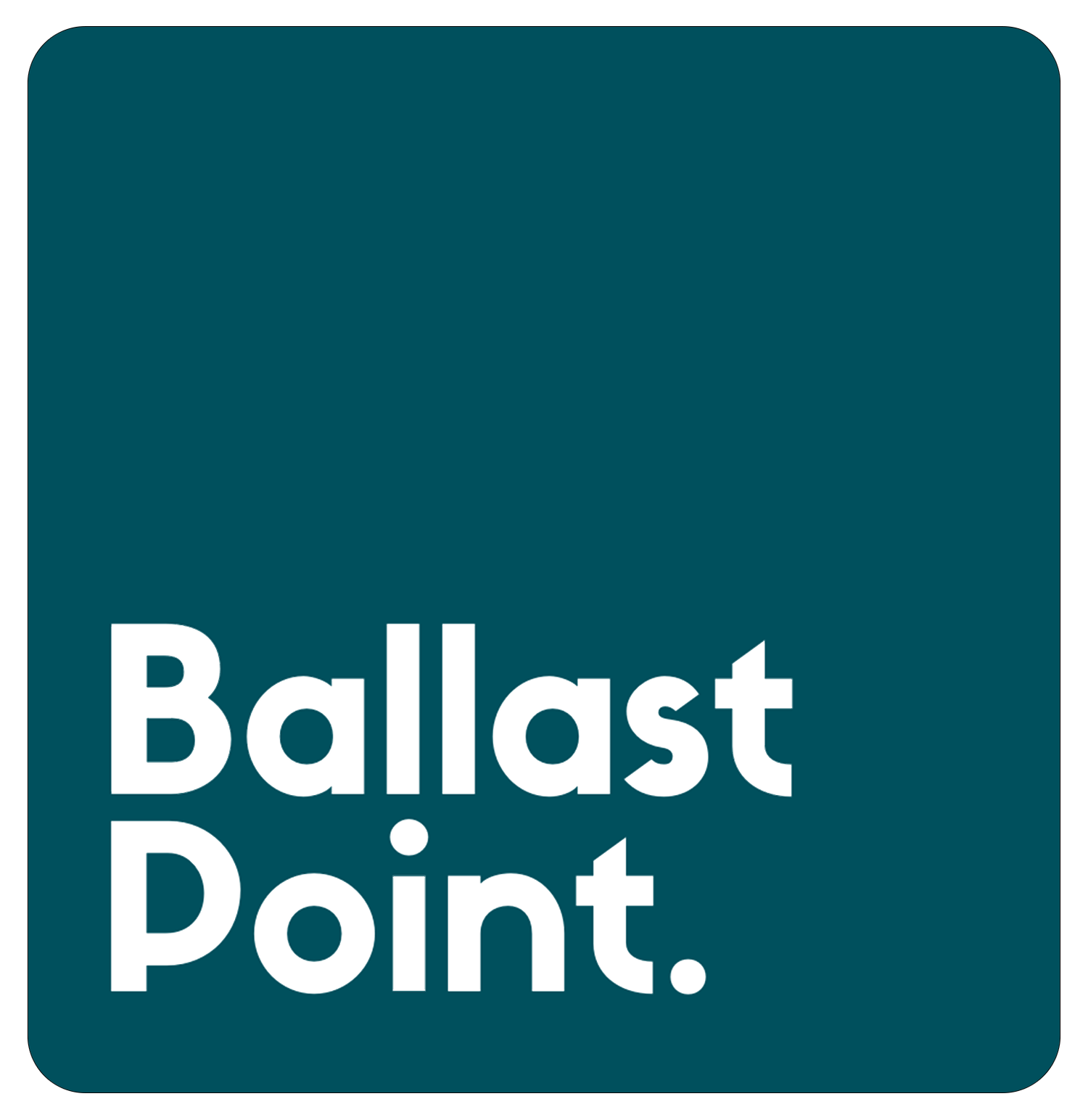The Problem with Inner West Council Planning
Response to Inner West Council Planning Industry Professionals Workshop
On 27 April 2023 the Ballast Point team participated in a planning industry workshop initiated by Inner West Mayor Darcy Byrne in a genuine effort to improve the delivery of planning services to our community by the Inner West Council.
To say that the council's planning services are in need of improvement is an understatement. Whether it’s council’s own metrics or community sentiment, or their inability to attract talented staff into their ranks there is little debate that council’s planning services are poor and that Sydney’s Inner west has a well deserved reputation as a bad place to develop, plan, build or renovate and unfortunately by extension; a bad place to do business.
At the epicentre of this is the Development Approval (DA) Submission process which quite justifiably has a reputation for being the ‘Bermuda Triangle’ of development - a wasteful and unreliable process, in many ways a lucky dip with the only certainty being a lack of certainty in what may happen once a DA is lodged.
The impact of this system includes the following:
Planning and development costs and risks preventing people from improving their living situation
Families frustrated with the process moving out of the local area
Negative impact on property prices
Substandard development outcomes for the community with developers going around council to the Land & Environment Court (LEC) to seek favourable outcomes.
Inner West Council has now engaged with the Planning Industry and although we have approached this with cautious scepticism we are going to put every effort into engaging positively to help improve the planning process at Inner West Council.
Below are the key issues that we have identified, a lot of these really resonated in the workshop we attended.
Key issues identified by Ballast Point
Lack of objectivity and reliability in heritage assessment - a heritage lottery
Heritage is a lottery particularly in the Leichhardt/Balmain zone. Interpretation of heritage controls by its nature is subjective but still needs some overriding principles and consistent application of those principles. We find we’re never quite sure what the next heritage report will say other than taking the most conservative view possible.
2. Heritage focus is on preservation not conservation
Heritage is important but we are not living in a museum - we are a living, breathing and thriving community. Change is not always a bad thing, and bad design is bad design whether it is 100 years old or not - so sometimes improvement is justified. The opportunity to engage community, activate and add value is lost through a preservationist mindset.
3. Heritage and planning priorities above good design, utility and value for home owners and
community alike
We think the balance is wrong and heritage reporting is never put in balance with anything else - there is little if any flexibility when it comes to heritage and it is often non-negotiable. The precedence of heritage over other considerations results in poor design outcomes for home owners and the community and a faux heritage look imposed on new buildings.
4. Engagement generally
We don’t feel like we are readily able to meet with or talk to planners. Staff try to stay arm’s length from applicants. We never really know where things are at, how the application is progressing or what is happening. This differs in other councils where there is often an ongoing dialogue between applicant and assessor and generally positive engagement. At IWC you just get an email one day with a Request For Information (RFI) or an assessment without discussion or consultation.
5. Council staff attitude
Firstly some staff are brilliant and an absolute pleasure to work with. Other staff really make it seem like they are doing you such an incredible favour by even talking to you. There is a perception that they are the anointed gate-keepers of planning wisdom and come across as oppositional rather than customer focussed. It is not unreasonable to say that the attitude from some planners is one of making value judgements about the needs of our clients. I have genuinely felt that there is an underlying undertow of “do you really need 3 bathrooms? That extra bedroom with walk-in robe? You’re being greedy!”. Although this is not stated in those terms - sometimes this is a theme where really council clutches at straws to oppose an application and you wonder what is really happening? How many bathrooms our clients need is not council’s business, really.
6. Council overstepping on planning laws
Council planners often overstep in that they oppose things that would otherwise be automatically approved in a complying development - for example conditioning internal changes that will then require the home owner to get CDC for items the council has not approved. This imposes additional costs to home owners and is not warranted under any circumstance.
7. RFI lottery
Firstly we submit a lot of DAs and find there is a lack of consistency in what council will request for us in an RFI . We often wonder - what is the purpose of asking this and how is it relevant to making a decision? Often when we get an RFI what council planners don’t seem to factor in is the cost to our clients in generating paperwork - which sometimes feels like paperwork for the sake of paperwork. Often an RFI is immaterial to the determination and the issues might be more easily resolved in a phone call or conditioned into an approval.
8. Planners don’t seem to be empowered
Our experience is that planners tend not to be in a position to make decisions - they appear to simply pass reports from consultants to us for review and the items in those reports without any input from the planner appear to form the basis of approval conditions or refusal. We can’t help wondering whether this lack of empowerment is impacting retention rates and ability to attract talented and efficient planners to council.
9. Pre-DAs are not reliable
Ballast Point do not bother with Pre-DAs because they do not provide value to our clients. Pre-DAs cannot be relied upon in any way in the assessment process and so the assessing planner can and does disregard any advice that may have been given at a Pre-DA meeting. The other problem identified is that most of the issues in inner west centre around heritage issues and the planner’s advice may not be consistent with the advice from the heritage consultant who is advising council on the submission.
10. Overreach – having input on design changes related to NCC or Australian standards
Too often, Council creates unnecessary complexity and confusion by conditioning design changes that are otherwise regulated by the National Construction Code (NCC) or Australian Standards. In our view council should leave these elements to the certifiers - for example conditioning a step down from internal to external, which is already covered by the NCC. Restating or rewording a control already governed by another set of rules creates complexity in design and certification, creating more back and forth between Council and Certifiers to confirm what is already established in the NCC or Australian Standards.
11. Sham approvals
This is where there is a DA approval with an element that is fundamental to the success of the development conditioned out without consultation from Council, in turn making the approval pointless. It seems apparent that this method is used in circumstances to improve councils own stats on approvals - making it seem like they have approved something that in effect makes the development unviable or of no actual benefit to the clients.
12. Lack of consideration of architectural and design merit in assessment of DAs
Our experience of the DA process with IWC is that heritage objections to development are given more weight than the overall architectural merit of the proposal. The effect of interpreting each consultant’s report particularly heritage objections in isolation is in effect the equivalent of planning by committee. This approach is different from other councils were architectural merit of the proposal is considered alongside the council controls.
13. Lack of consideration of value and return on investment for the community in assessment
No one seems to be asking: “Is this something that adds any value to the process for either the homeowner or the community?” It feels like the council is engaged in assessment for assessment’s sake - busy work. It’s a cost to the council, it's a cost to ratepayers with little value created.
14. Deficiencies in Council’s objectives in the Inner West Development Advisory & Assessment
Policy
Objectives should be clear and simple and measurable - here they are confusing and unrelated to results and wondering if they are understood by staff who need to implement them. Can anyone tell us what the objective b) below even means?
b) Achieve and enhance the effectiveness and efficiency in the assessment and decision making processes; to increase the focus of applicants on the provision of quality, complete and meritorious applications as well as reduced assessment times.
Where is the objective for helping create value for ratepayers and the community? Nothing about community, creating amazing spaces and improving the local environment.
We’re putting our thoughts about this workshop out there and would love to get your feedback and will have a list of recommendations soon.


